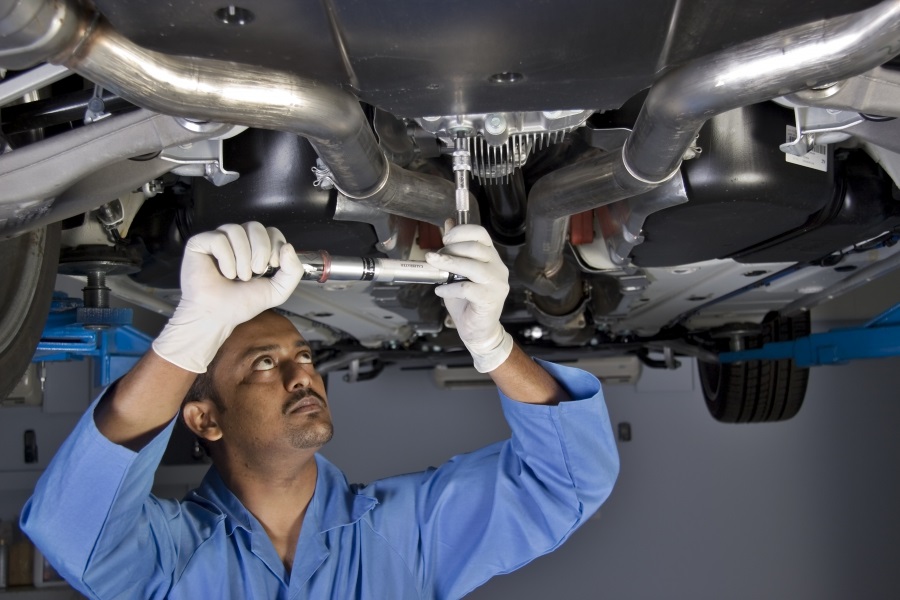Power windows, a staple convenience in modern vehicles, rely on a complex electrical system to function smoothly. At the heart of this system lies a small but crucial component: the power window fuse. This unassuming device acts as a silent guardian, protecting the entire power window circuit from potentially damaging electrical overloads. Without it, a simple motor malfunction could lead to more serious problems, including fires and costly repairs. Understanding the role of the power window fuse is vital for every car owner, allowing for proactive maintenance and preventing unexpected electrical mishaps.
Understanding Electrical Overload in Power Windows
Electrical overload occurs when the current flowing through a circuit exceeds the designed capacity of its components. In power windows, this can happen for several reasons. A common cause is a malfunctioning motor, struggling against resistance or mechanical obstruction. Over time, the motor can draw excessive current as it works harder to move the window up or down. Another potential trigger is a short circuit, where a wire’s insulation wears down, creating an unintended path for electricity. This shortcut dramatically increases the current flow, posing a significant risk to the entire system. This is where comes the Auto Repair in Amelia, OH based service here.
The Fuse: A Circuit Breaker in Disguise
The power window fuse operates on a simple yet effective principle: sacrificial protection. Designed with a thin wire filament that melts when exposed to excessive current, it acts as a circuit breaker. When an overload happens, the fuse’s filament breaks, interrupting the flow of electricity and effectively shutting down the circuit before any significant damage occurs. The amperage rating of the fuse is carefully calibrated to allow for the normal operation of the power window motor but to react swiftly in the event of an overcurrent situation. This prevents the motor from burning out, the wiring from overheating, and the entire system from experiencing a catastrophic failure.
Diagnosing and Replacing a Blown Fuse
Identifying a blown power window fuse is often straightforward. If one or more of your power windows suddenly stop working, checking the fuse should be the first troubleshooting step. Consult your vehicle’s owner manual to locate the fuse box and identify the specific fuse for the affected power window. Visually inspect the fuse – a blown fuse will have a broken filament or a darkened appearance. Replacing a blown fuse is a simple task that most car owners can perform themselves. Always use a replacement fuse with the same amperage rating as the original to ensure proper protection.
Preventative Measures and Long-Term Maintenance
While fuses are designed to protect the power window system, addressing the underlying cause of a blown fuse is essential for long-term reliability. Regularly lubricate the window tracks and mechanisms to reduce friction and ease the motor’s workload. Listen for unusual noises coming from the power window motor, as this could indicate an impending failure. If you experience repeated fuse blowouts, it suggests a more significant problem, such as a faulty motor or wiring issue, requiring professional attention. By taking these preventative measures, you can extend the lifespan of your power window system and avoid costly repairs down the road.

